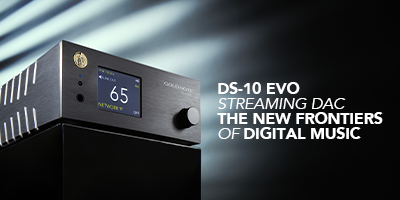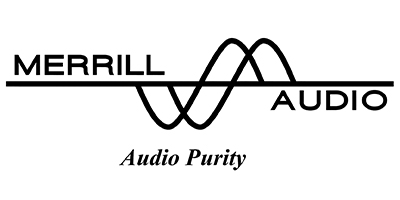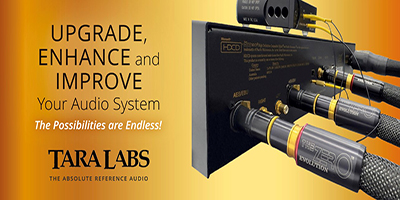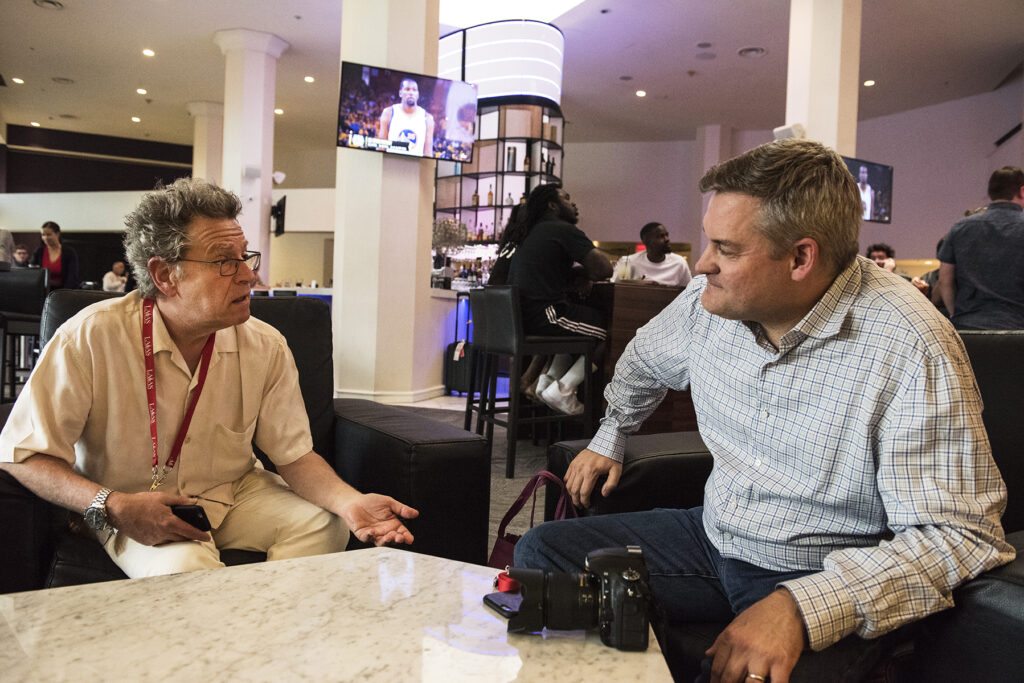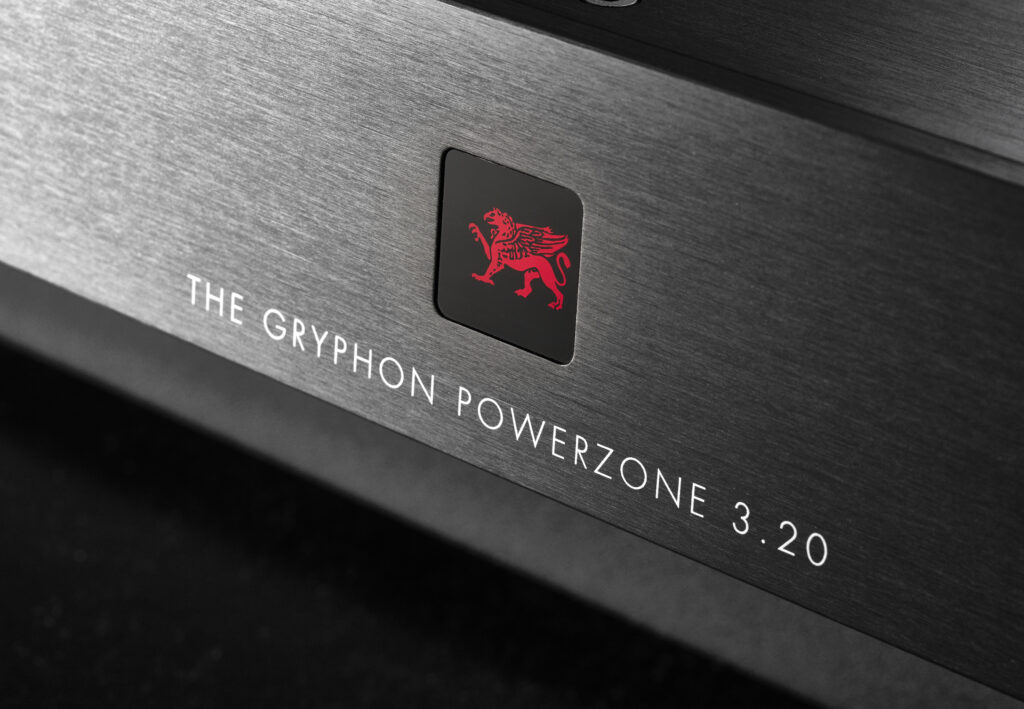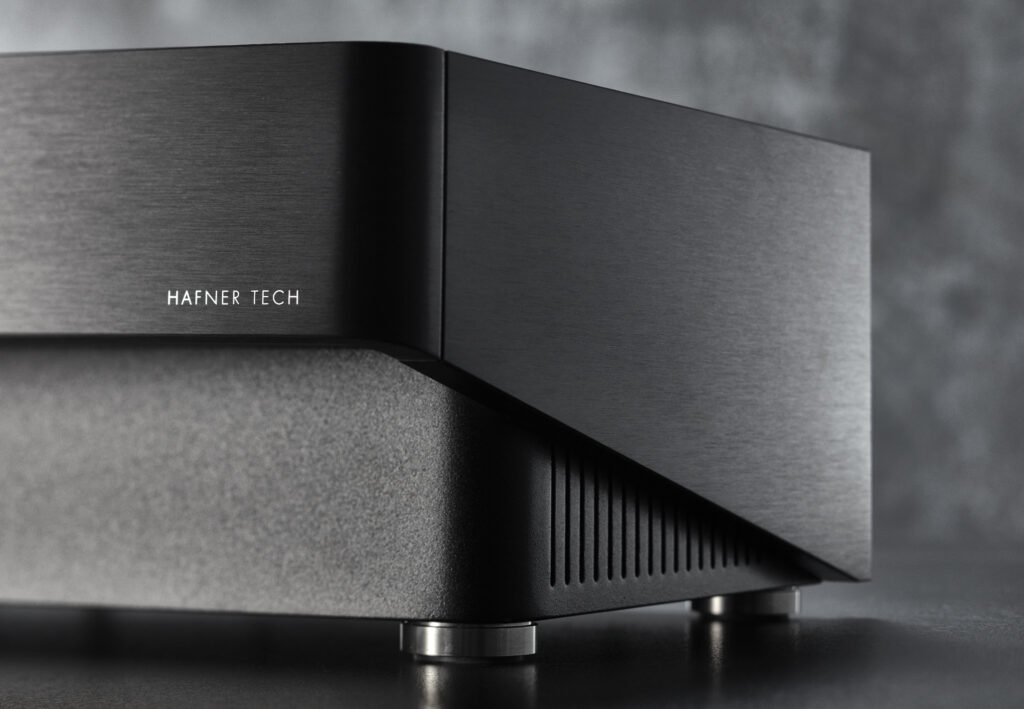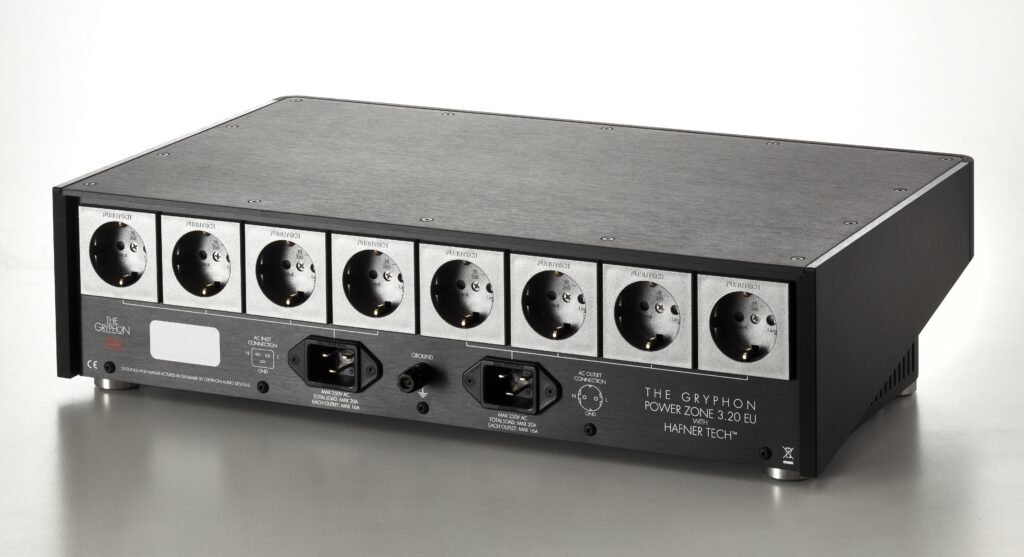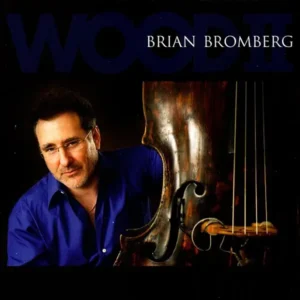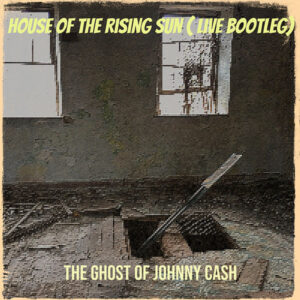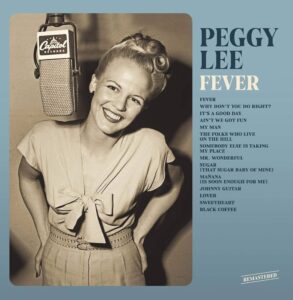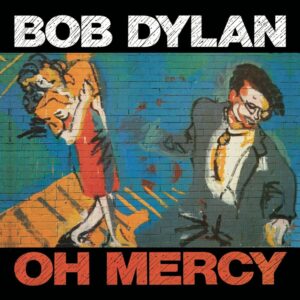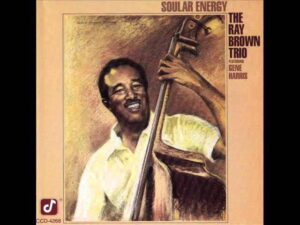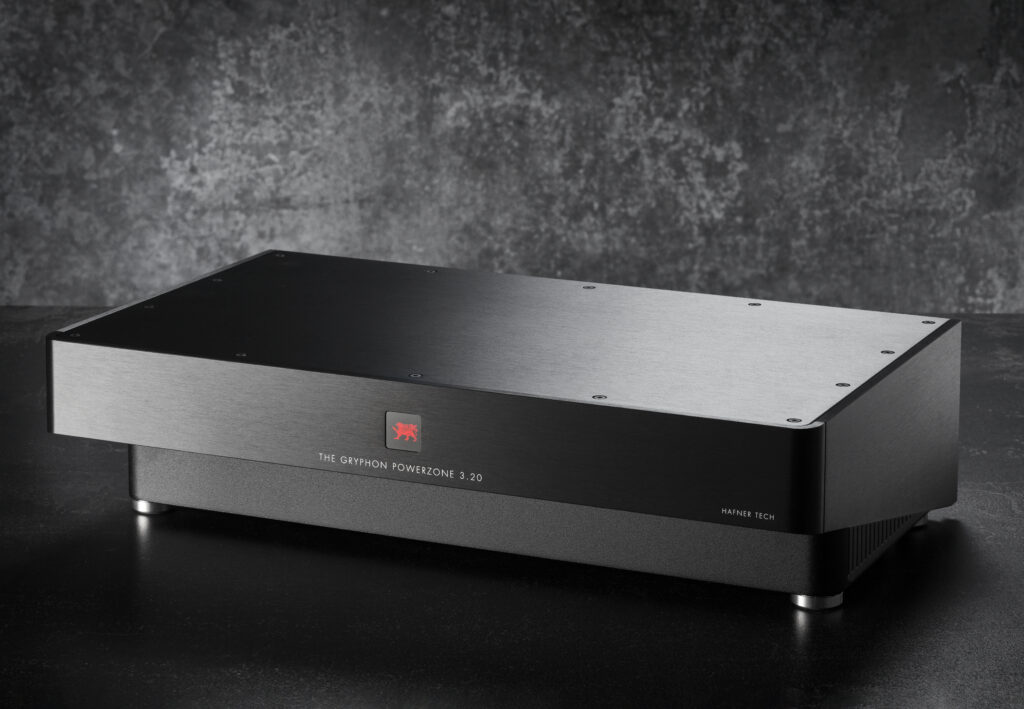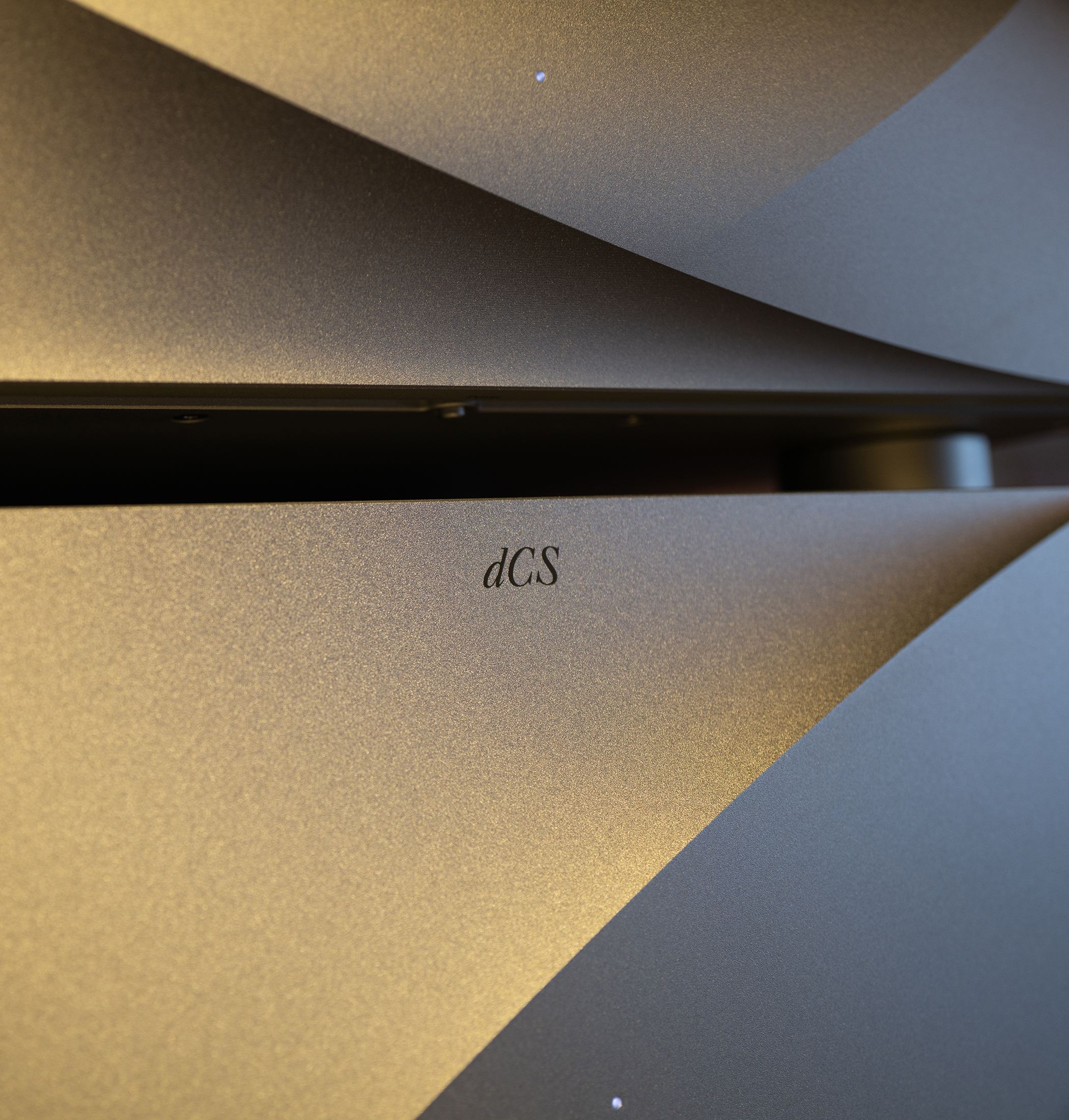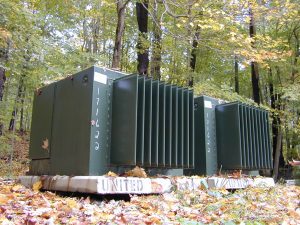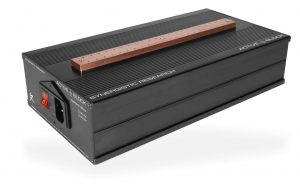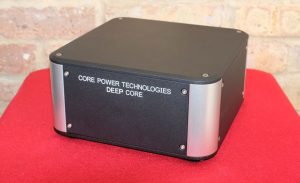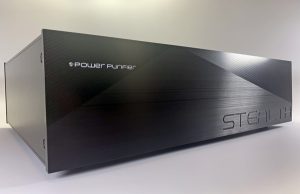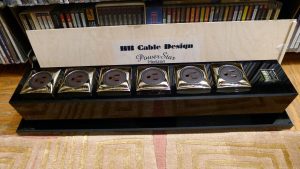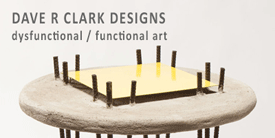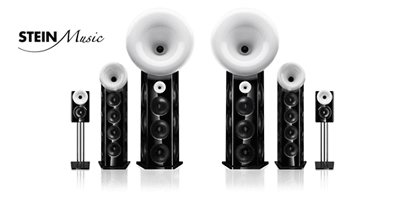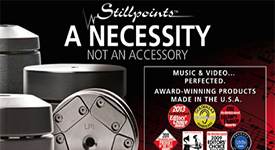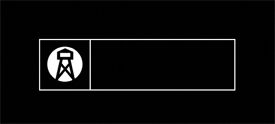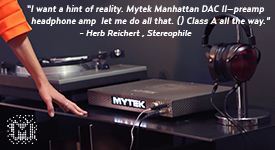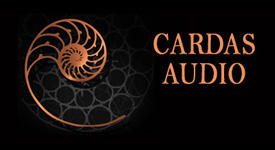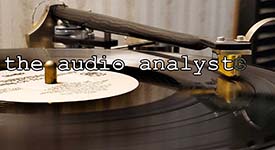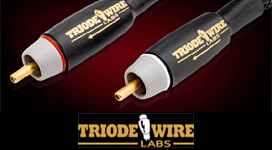Michael Fremer and Lee Scoggins, a moment. Los Angeles, CA, 2017. (Photograph and image processing by David W. Robinson)
In my recent experience, I have discovered that lowering noise is one of the most beneficial things you can do for better music playback. It's a true three-for-one deal for audiophiles. Bass, midrange, and highs all improve. A lower noise floor also lets subtle low-level information through which further defines the soundstage much the same as adding in a well-setup pair of subwoofers.
Lately I have worked hard to lower noise on the overall system with grounding devices and on my router with a combination of line conditioning and grounding. Every step lowered the noise floor and brought more natural playback. And this brings us to the current state of line conditioning. Many of us are familiar with the positive impact of good power conditioning but lately they have become more impressive with higher quality filters. Indeed, often now we are better off plugging our amplifiers into a conditioner than the wall outlet.
And that brings to the legendary Danish house of Gryphon. Gryphon has been selling the Power Zone 3, with new technology from Paul Hafner. I had been hearing some rumbling that the new conditioner was special. When Anthony Chiarella, the U.S. distributor, offered me a chance to review this product, I jumped at it. I was very familiar with the latest Gryphon products and have been impressed by both the sound and build quality of the gear. A good friend has an entire flagship system of Gryphon products, including the top-of-the-line Apex amplifier and Commander preamplifier driving a four-tower set of flagship Kodo loudspeakers. This digital-only system has a dCS flagship Varese as a source, fed by Innuos servers. The sound is the stuff of dreams…deep and wide soundstage, tremendous resolution, but not at the expense of musicality, with well-textured bass, and a large image. It would be interesting to see if the Power Zone 3 matched the high standards of the Gryphon electronics and loudspeakers.
A quick note on build quality and design. This is one of the coolest designs I have seen in a line conditioner. The front cantilevers out over the base giving a very modern appearance. It's the line conditioner Frank Lloyd Wright would have designed! On the back are eight Furutech GTX-D receptacles, and they grip the plugs tightly. There is also a ground connector, so linking to a grounding device is possible. The unit however utilizes star grounding as part of its design. The whole thing looks like money. The front "Gryphon" lights up in red and the casework is a mix of gloss black and brushed black aluminum. Even the chassis design was approached with great care.
The EU version of the Power Zone 3.2; a US version with US power connectors is available
As Gryphon states,
"The chassis themselves are crafted from Dual Layers whose steel cores are clad in aluminum exteriors, delivering vault-like solidity. PowerZone further benefits from SmartStack™ technology, a patented compound developed by Denmark's MENETA Group. PowerZone is the first product outside the automotive industry to utilize this revolutionary material and PowerZone enclosures benefit from a unique application of this technology, with measurements, calculations and simulations performed by MENETA Group in their Danish R&D facility. The result is a dramatic reduction in mechanical resonance achievable in no other way."
Now we have heard great line conditioners before, but the community chatter started to build on the Power Zone 3 very quickly. But I was curious how it would perform and exactly what does the Power Zone 3 do differently? A press release from Gryphon and partner Paul Hafner described it this way:
"In an electrical circuit, current flow is attended by micro-vibrations on a molecular level; basically, all current flow is, by definition, the transmission of energy through micro-vibrations. Following Paul Hafner's theory and approach, the vibration of electrons in the conductor creates a series of minute resonances generated by the signal passing through it. Paul's specific approach differentiates a Dynamic (variable) signal from a Static signal.
In a typical circuit, the transmission of a variable signal through a conductor creates uncontrolled resonance, analogous to aerodynamic turbulence, due to the random crystalline structure of the conductor through which the signal passes. The objective, then, is to optimize the flow of current within the signal path. By sending the power through focused and idealized crystalline conductor structures, PowerZone optimizes the electrons' vibrational flow and minimizes spurious resonances and the distortions they create. This is achieved by the proprietary Hafner Tech™ conductor approach, a Patent-pending design comprised of adapted crystalline structures that facilitate this vibrational flow in an undisturbed way. As a result, because there is no loss of energy, this technology will produce no additional noise or heat. The objective of these conductors is to create a neutral, optimized environment through which the AC power can pass without introducing stress, confusion and distortion to the signal but enhance the speed and precision of the transmitted current."
Anthony claims the Hafner Tech (TM) conductors "de-randomize" the flow of electrons which reduces noise, improves clarity, increases amplifier efficiency, and produces other audible benefits.
Sounds impressive for sure, but would the claims prove true?
I first powered it on and let it settle in for a week. Immediately I noticed a lower noise floor and a sense of ease. It really sounded different from similar products I have heard. Dynamics also stood out to me. I began to evaluate the Power Zone by streaming some test tracks from the Qobuz hirez streaming service that I feel have both great musical performances and great sound. I listened for a few weeks to get a deep understanding of what I was hearing and begin to formulate how I could describe the sound signature in this review. Here are my sonic impressions…
Brian Bromberg, Blue Bossa
Blue Bossa you can hear where Brian hits his bass instrument in lifelike clarity. The midrange which is always the most important thing for me is spot on.
The Ghost of Johnny Cash, House of the Rising Sun (Live bootleg version)
Johnny's opening guitar chords sound so supremely natural, and Cash's voice is positively organic. You hear the gravelly details in his voice. Magnificent!
Henry Mancini, The Original Theme from The Pink Panther Theme
I am hearing more presence on the sax, and the opening triangle is crystal clear. This track just swings a lot more! It feels as if the underlying technology removes noise and it's simply easier to form an emotional bond to this big band performance.
Peggy Lee, Fever
I heard the deep bass of the drum sound more solid, and her voice is more silky and natural. At around 2:30 mark there is a huge drum hit and you can readily hear and feel the impact and reverb in the studio. Simply breathtaking.
Beck, Tropicalia
I feel this track has more defined bass than I have heard before. The soundstage is very wide and vocals are clearer.
Bob Dylan, Man in the Long Black Coat
The opening guitars are wonderfully natural. Dylan's now gravelly voice is super clear with tremendous presence on his harmonica.
Annie Lenox, I Put a Spell on You
The piano timbre is perfect. Annie Lenox just floats between the speakers, and the guitar line is exceptional.
Ray Brown Trio, Sweet Georgia Brown
As with most Ray Brown tracks, the standouts are a full and rich bass. The cymbals are absolutely real and the piano really swings on this.
Dominique Fils-Amie, Birds
Dominique's vocals were silky and pure. There was deeper bass than I usually heard. There was just generally a very live feel to the sound. It was effortless.
Conclusion
Overall, I felt the Power Zone 3 let me hear deeper into the music. There was an unprecedented level of clarity, but it wasn't etched or "HiFi sounding." It was just very musical. Notes just flowed in an organic manner. The ultra-low noise floor allowed me to hear details that I had never heard before. Musicians had more presence.
The U.S price is $14,000, which is not insignificant, but competitive among reference line conditioners. I believe this product is a must-audition for audiophiles looking for an ultra-low noise floor and the many, many sonic benefits that brings.
In summary, a state-of-the-art conditioner like the Power Zone 3 was essential to getting the most out of my system. To be honest, I hated that I had to send the unit back to Anthony Chiara.
If you want an effortless and organic sound in your system, you must audition this device. A truly remarkable product.
Power Zone 3
Retail: $14,000
Gryphon Audio
Product photos courtesy of Gryphon Audio.

